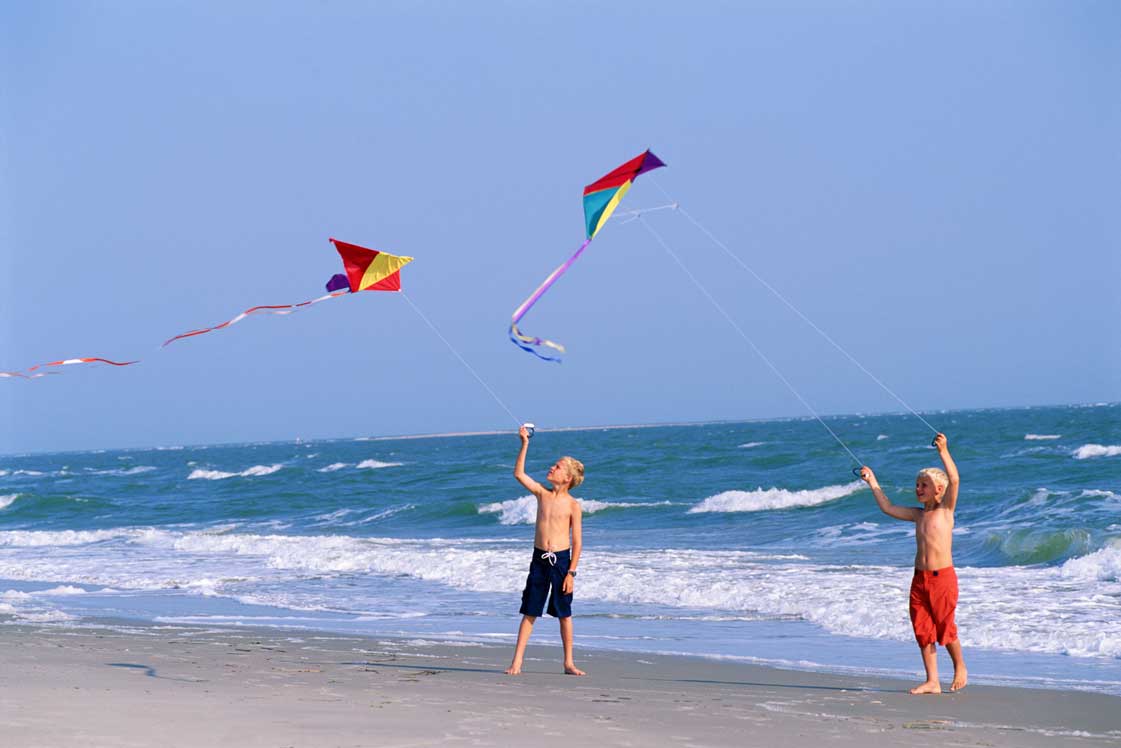Kite flying is a delightful and timeless activity enjoyed by people of all ages around the world. Whether you’re a child running through a field or an adult seeking a relaxing pastime, flying a kite offers a unique blend of excitement, creativity, and tranquility. This article will explore the history of kite flying, the different types of kites, how to fly a kite, safety tips, and the benefits of this charming hobby.

The History of Kite Flying
Kite flying has a rich and fascinating history that dates back thousands of years. The exact origins of kites are somewhat unclear, but it is widely believed that they were invented in China over 2,000 years ago. According to legend, the first kites were made from silk and bamboo and were used for military purposes, such as sending signals and measuring distances.
From China, kites spread to other parts of Asia, including Japan, Korea, and India, each culture adding its unique designs and traditions. In Japan, kites are known as “tako” and are often used during festivals and celebrations. In India, kite flying is a popular activity during Makar Sankranti, a festival that marks the arrival of spring.
Kites eventually made their way to Europe in the 13th century, brought back by explorers like Marco Polo. In the 18th century, kites were used for scientific purposes, most famously by Benjamin Franklin, who conducted experiments with kites to study electricity.
Today, kite flying remains a beloved activity worldwide, enjoyed for both its recreational and artistic value.
Types of Kites
Kites come in many shapes, sizes, and designs, each offering a different flying experience. Here are some of the most common types of kites:
1. Diamond Kites
Diamond kites are perhaps the most recognizable and traditional kite shape. They are easy to fly and make an excellent choice for beginners. These kites typically have a diamond-shaped frame made of lightweight materials like wood or plastic, covered with fabric or paper.
2. Delta Kites
Delta kites are triangular-shaped kites known for their stability and ability to fly in light winds. They are also easy to assemble and fly, making them another great option for beginners.
3. Box Kites
Box kites have a three-dimensional shape, often resembling a box or a series of connected boxes. These kites can handle stronger winds and can reach impressive heights, but they can be more challenging to fly and assemble.
4. Parafoil Kites
Parafoil kites do not have a rigid frame. Instead, they are made of fabric that inflates with air as they fly, giving them a soft, parachute-like shape. These kites are known for their durability and ability to fly in various wind conditions.
5. Stunt Kites
Stunt kites, also known as sport kites, are designed for performing tricks and acrobatics. They typically have two or more lines, allowing the flyer to control the kite’s movements with precision. Flying a stunt kite requires practice and skill, making it a favorite among experienced kite enthusiasts.
6. Kite Trains
Kite trains consist of multiple kites connected by a single line. This setup creates a visually stunning display as the kites fly in a sequence. Kite trains can be made from various types of kites and are often used in festivals and competitions.
How to Fly a Kite

Flying a kite is a simple yet rewarding activity. Here are some basic steps to help you get started:
1. Choose the Right Kite
Select a kite that matches your skill level and the wind conditions. For beginners, a diamond or delta kite is a good choice.
2. Find an Open Area
Look for a wide, open space free of obstacles like trees, power lines, and buildings. Parks, beaches, and open fields are ideal locations for kite flying.
3. Check the Wind
Kites need wind to fly, so make sure there is a steady breeze. Light to moderate winds (5-15 mph) are best for most kites. Avoid flying in strong or gusty winds, which can make controlling the kite difficult.
4. Assemble Your Kite
Follow the instructions that come with your kite to assemble it correctly. Ensure all parts are securely attached and that the kite is properly balanced.
5. Launch the Kite
Stand with your back to the wind and hold the kite by its frame or bridle. Have a friend hold the kite or set it on the ground with the nose pointing up. As the wind catches the kite, let out some line and allow the kite to rise into the air. Gently tug on the line to gain altitude.
6. Control the Kite
Once the kite is airborne, use the line to control its partaitogel movements. Pulling on the line will make the kite climb higher, while letting out the line will allow it to descend. Practice making gentle adjustments to keep the kite stable and prevent it from crashing.
7. Landing the Kite
To bring the kite down, slowly reel in the line while walking toward the kite. Be patient and avoid sudden movements to prevent the kite from crashing.
Safety Tips for Kite Flying
Kite flying is generally a safe activity, but it’s important to follow some basic safety guidelines to ensure a fun and accident-free experience:
1. Avoid Power Lines
Never fly a kite near power lines. If your kite gets tangled in a power line, do not attempt to retrieve it. Instead, call the local utility company for assistance.
2. Stay Clear of Roads
Fly your kite in open areas away from roads and traffic. A kite could distract drivers or cause an accident if it lands on a road.
3. Beware of Trees and Buildings
Choose a location free of tall trees and buildings that could snag your kite or create turbulent wind conditions.
4. Use Appropriate Line
Use a line that is strong enough to handle the wind conditions but not so strong that it could cause injury if it breaks. Avoid using metallic or glass-coated lines.

5. Watch the Weather
Avoid flying a kite during thunderstorms or in high winds. Lightning can be attracted to the kite and line, posing a serious risk.
6. Be Mindful of Others
Respect other people and their activities in the area where you are flying your kite. Avoid flying your kite over crowds or in congested areas.
Benefits of Kite Flying
Kite flying offers a range of physical, mental, and social benefits:
1. Physical Exercise
Flying a kite requires physical activity, including running, walking, and using your arms to control the kite. It’s a fun way to get some exercise and enjoy the outdoors.
2. Mental Relaxation
Kite flying is a calming and meditative activity that allows you to focus on the moment and enjoy the beauty of nature. It can help reduce stress and improve your overall mood.
3. Creativity and Imagination
Designing, building, and decorating kites can be a creative outlet. Flying a kite also stimulates the imagination as you watch it soar and dance in the sky.
4. Social Interaction
Kite flying can be a social activity, bringing together friends, families, and communities. Kite festivals and competitions are popular events that celebrate this shared hobby.
5. Connection with Nature
Flying a kite encourages you to spend time outdoors and connect with the natural world. It’s a great way to enjoy fresh air, sunshine, and the beauty of open spaces.
Conclusion
Kite flying is a delightful and accessible hobby that offers numerous benefits. From its rich history and diverse types of kites to the joy of watching your kite soar high in the sky, there’s something truly magical about this simple activity. Whether you’re a beginner or an experienced flyer, kite flying provides endless opportunities for fun, relaxation, and creativity. So, grab a kite, head to an open space, and let your spirit take flight!
Read More Article About “Mood Swings: Understanding Symptoms, and Management 2024“
